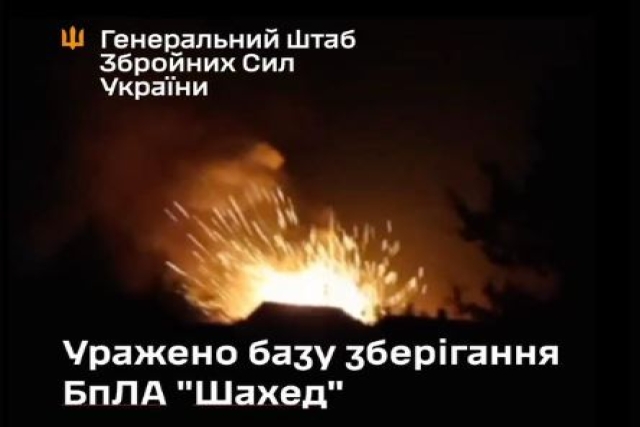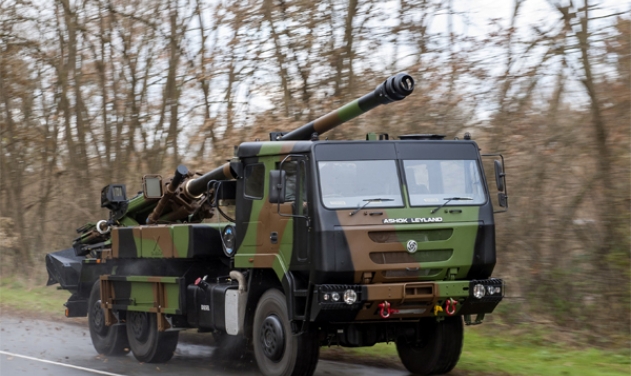Ukrainian Neptune Missile Destroys Russian Base Storing Iran-Sourced Drones
Ukrainian Navy and Security Service Strike Drone Depot in Krasnodar Krai, Targeting Shahed UAVs

The Ukrainian Defense Forces have reported the destruction of a Russian drone storage facility in Krasnodar Krai using Neptune missiles.
The facility, located in the village of Oktyabrske, was storing approximately 400 Shahed loitering munitions, also known as "Geran" UAVs, sourced from Iran. The attack was carried out by a strike group from the Ukrainian Navy, in cooperation with the Security Service of Ukraine, according to a statement from the Ukrainian General Staff.
The Ukrainian General Staff confirmed an accurate hit on the target and reported a secondary detonation at the site, which was later verified through videos shared on social media. The strike is expected to impair Russia's ability to use these drones in attacks on Ukrainian civilian areas, according to the statement.
Local Russian media, including the Telegram channel “Podslushano v Eiske,” reported that the fire resulting from the strike covered approximately 800 square meters. Authorities have cordoned off the area within a 500-meter radius around the site.

Although details of the weapon system used have not been confirmed, it is suspected that Ukraine employed R-360 Neptune cruise missiles, which have been modified for ground target strikes. The Neptune missile system, originally designed for anti-ship operations, has been undergoing adaptations to improve its capabilities against ground-based objectives since early 2024.
The R-360 Neptune is a Ukrainian subsonic, anti-ship cruise missile developed by the Luch Design Bureau. With a length of 5.05 meters, a diameter of 0.38 meters, and a wingspan of 2.3 meters, the Neptune weighs 870 kilograms at launch and carries a 150-kilogram warhead.
The Neptune has an effective range of 280-300 kilometers and reaches speeds of up to Mach 0.8. Powered by a turbojet engine, it features inertial, GPS, and active radar homing guidance systems. Its low-altitude, sea-skimming capabilities make it harder to detect, allowing it to evade radar systems and engage moving targets. The missile also offers resistance to electronic countermeasures and can perform both anti-ship and land-attack missions.
Designed for launch from mobile coastal defense systems like the NK-360MC, the R-360 Neptune is planned for deployment on warships, with potential for aircraft-based launches in the future.
The Neptune became widely known in April 2022 when it was used by Ukraine to strike the Russian Black Sea Fleet flagship, Moskva, in a high-profile attack.













